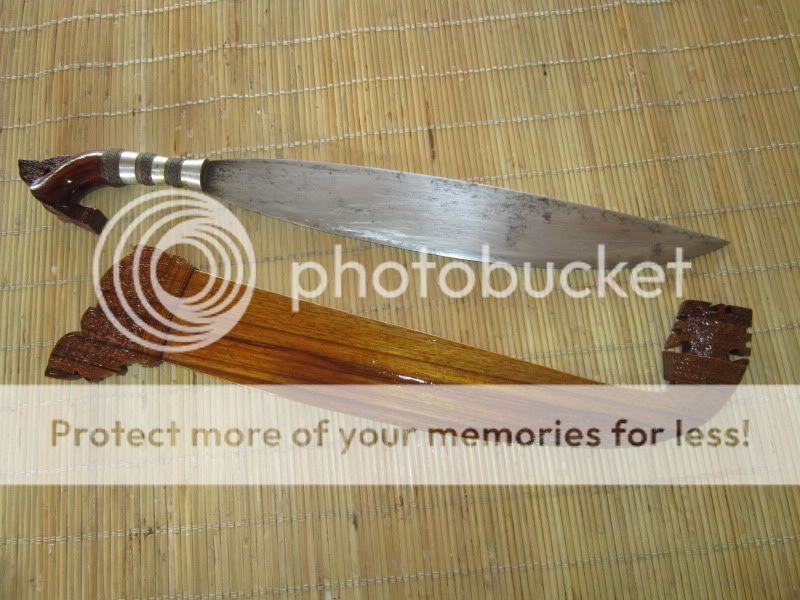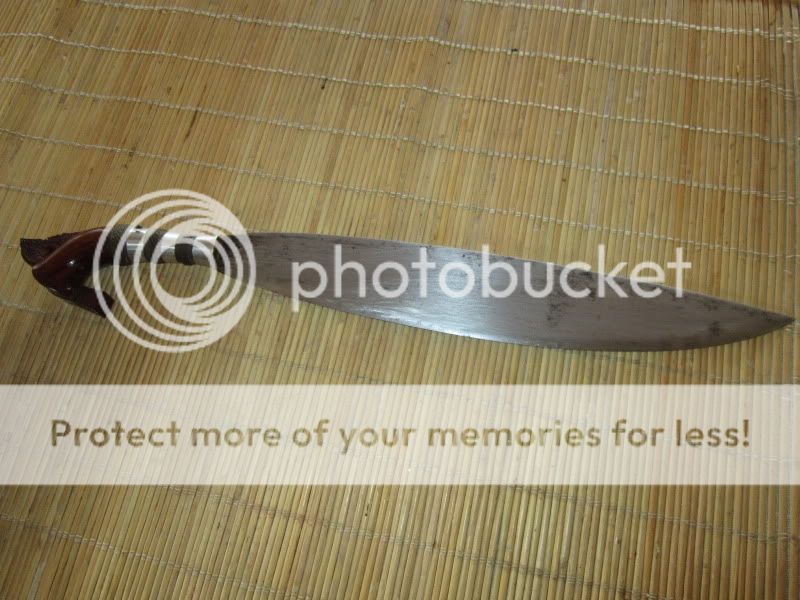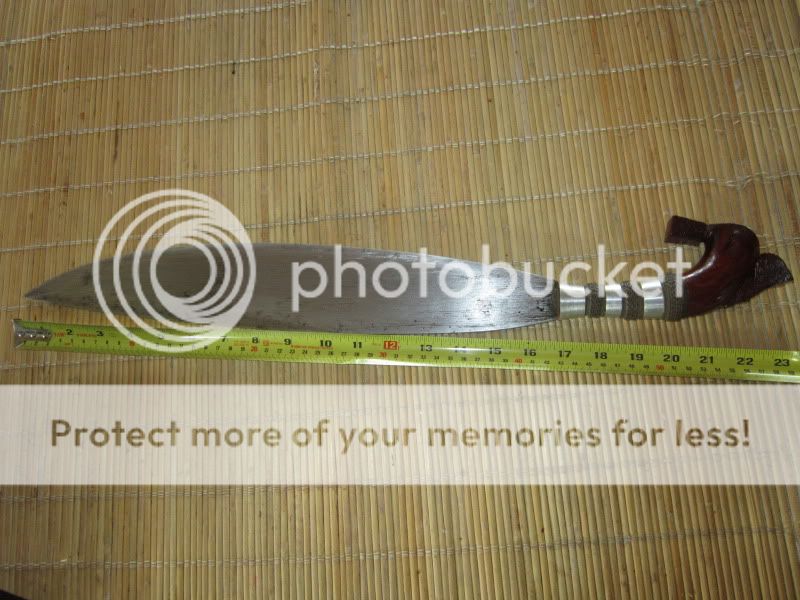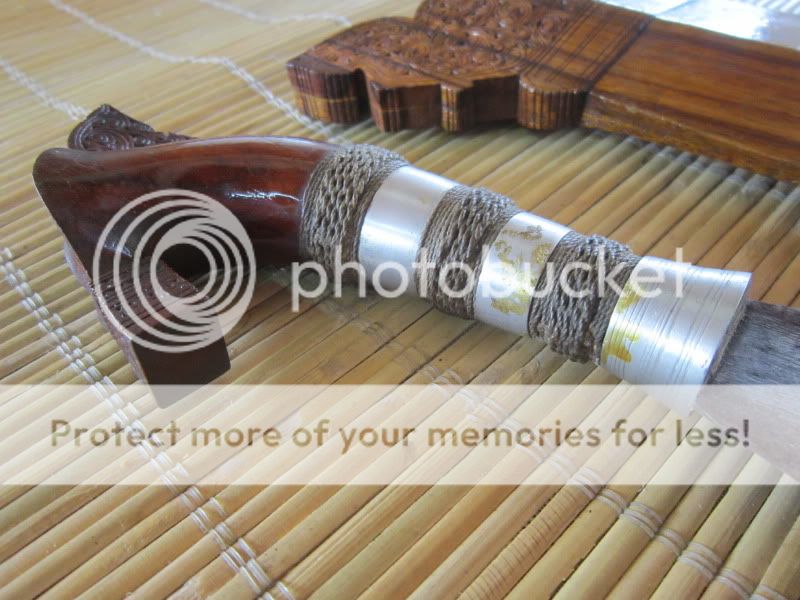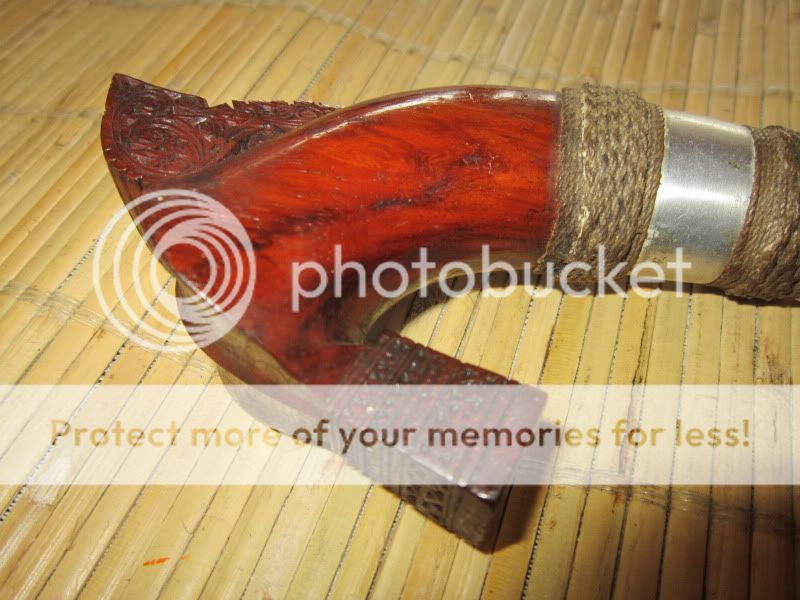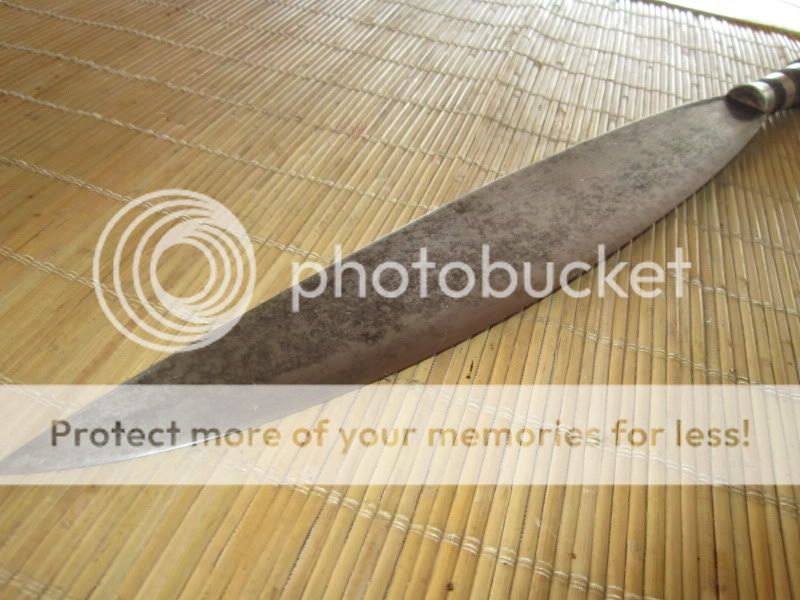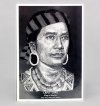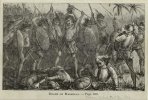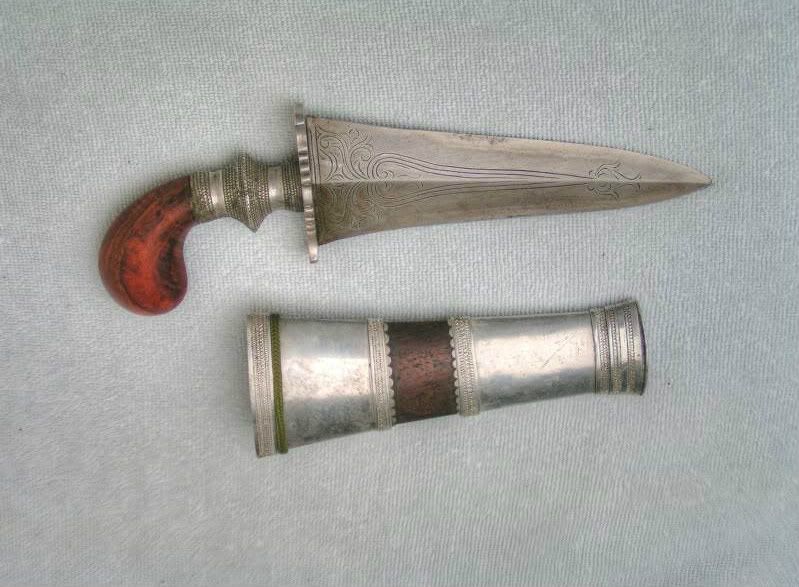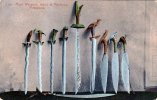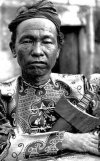thanks. millie is a retired racer (professional name was balto millenium) with a distinguished career, placed in the money on over 2/3 of her 80 races. Blue i got as a pup, he never raced, he was picked up by the Reading police & turned over to the shelter. they suspect he was a traveller's (gypsy's) rabbit dog in training & escaped. he sure liked chasing rabits, fox, deer, etc.
the small print
Dic, hospes Spartae nos te hic vidisse iacentes,
Dum sanctis patriae legibus obsequimur
are sort of my main motto. for those who do not know, they are the latin translation of the words inscribed on the tomb of the greeks at thermopylae:
View attachment 270222
ὦ ξεῖν᾿, ἀγγέλλειν Λακεδαιμονίοις ὅτι τῇδε
κείμεθα τοῖς κείνων πειθόμενοι νομίμοις.
oh, traveller passing by,
go tell the spartans that here we lie
obedient to our orders.
or in the words of another who shall not fade away - duty, honour, country.
the coast guard's unwritten motto is 'you have to go out, you don't have to come back'.


